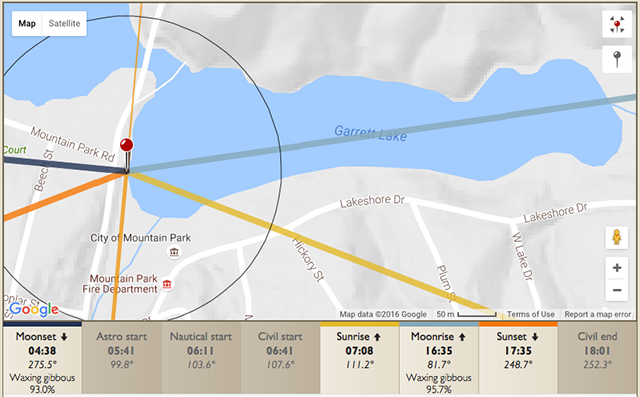Giant moon approaching - panic in the streets!
posted Sunday, November 13, 2016 at 12:14 PM EDT
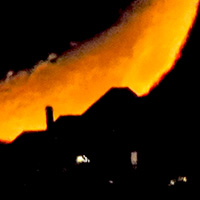
Dubbed by the Slooh Observatory as the "Mega Beaver Moon," the full moon setting on Monday morning will be the largest in apparent size in more than 65 years. For us photographers, this means lunar shooting bliss for anyone graced with good weather and a capable rig for the image capture. The moon rising on Monday evening will also still be quite large as well.
A supermoon, occuring when the moon is at its closest orbital track to earth when full, can occur more than once a year, but the so called mega-supermoons are not nearly as frequent in occurence. According to NASA, this supermoon will be a full 14% larger in apparent size than when farther from the earth, and when you combine the effect of the moon appearing larger at the horizon, you get a photographic rarity indeed. The Astronomy Picture of the Day website lists this as the "closest, largest and brightest" full moon since 1948.
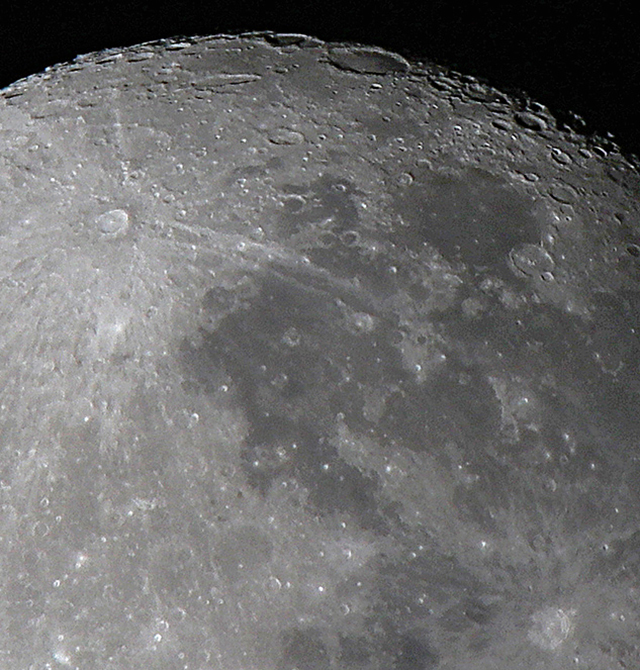
• 1/160s / f/9 / manual exposure / ISO 100 / 840mm •
(Read more about this combination by clicking here!)
So what do you need to take full advantage of this rare opportunity? It certainly helps to have a capable camera and lens combination. This doesn't mean it has to be a super-telephoto rig, as wide angle images of the moon coupled with the surroundings can also be interesting. Some of the rarest and most otherwordly images are captured while using a super-telephoto lens while the moon is seen rising behind a wordly object or building, making for surreal and often beautiful compositions.
Once you have your rig of choice, you'll want to know the exact times for the moon's rising and setting, as these are generally the best opportunities to capture the moon at its largest and fullest apparent size. I use the website "Time and Date" to find these rise and set times in my area. Next, you'll want to scout out a good place to watch the moon rise of set, and The Photographer's Ephemeris is a terrific application with which to achieve this, available in both desktop and mobile platforms.
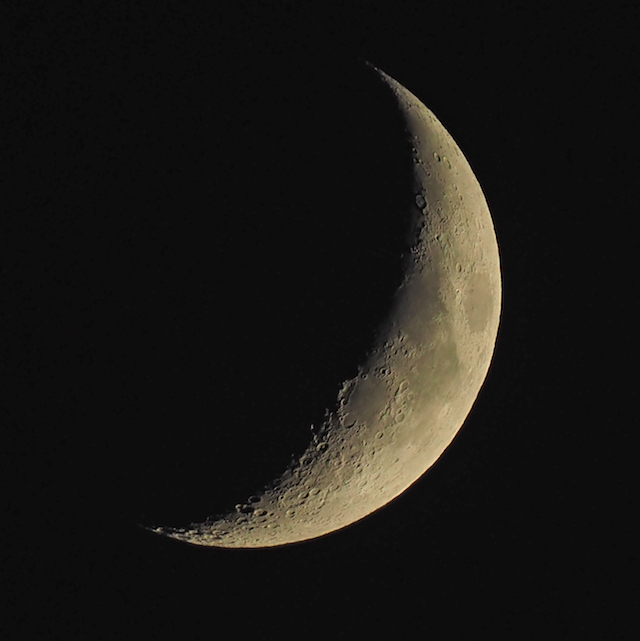
A clear sky is generally considered preferable, so consult your local weatherman about that, but a few stray clouds have often been known to add compositional value to a lunar image as well. This time of year in the northern hemisphere tends to lend itself to less in the way of atmospheric distortion that can occur along the distant horizon, as cold, clear nights tend to be best in this regard. Below is an image taken about an hour after the above image, as the moon was setting along a highland neighborhood and atmospheric distortion took its toll on the image (or added to its mystique, depending on your point of view).
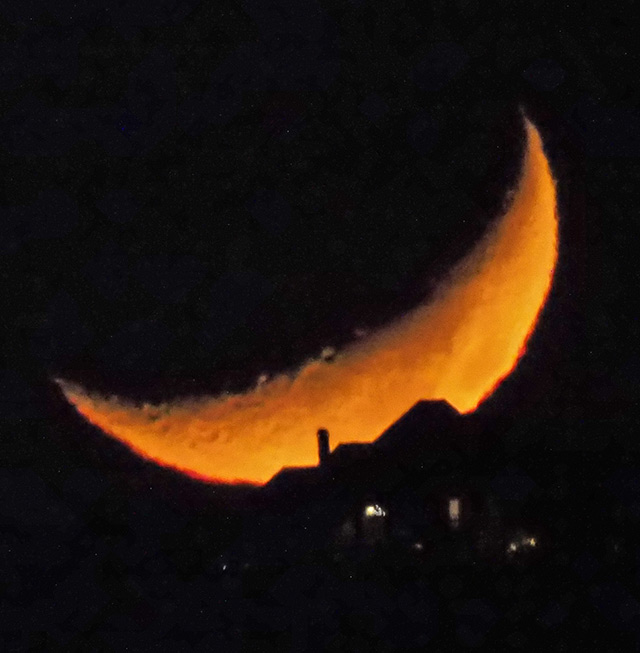
If you intend to use an all-in-one "superzoom" camera for capture, make sure and see this article which can help you set your camera to the most optimum settings for lunar capture.
So grab your best rig, plot the optimum time and location for your area, and get out there and capture this historical event!
(Don't worry if you missed the set on Monday morning, as it will still be quite large rising Monday evening!)

